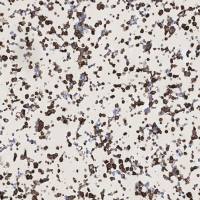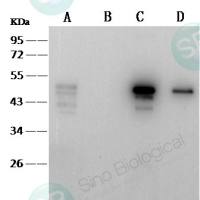Assessing Fc Glycan Heterogeneity of Therapeutic Recombinant Monoclonal Antibodies Using NP-HPLC
互联网
652
Recombinant monoclonal antibodies (rMAbs) are becoming major human therapeutics to treat life-threatening diseases such as cancer. These rMAbs are produced using either in vitro cell culture processes or transgenic technology in animals or plants. Glycans present in the Fc region can affect functions of rMAbs. These Fc glycans are heterogeneous and impact binding of rMAbs to Fc gamma receptors (FcγRs) and C1q protein. As a result Fc glycans affect antibody-dependent cellular cytotoxicity and complement-dependent cytotoxicity of rMAbs. Thus understanding the glycan heterogeneity is necessary during the development of these rMAbs as human therapeutics. Because of their biological significance, understanding the glycan structure and their impact on the function of antibody molecules is also a regulatory requirement. Glycan mapping by NP-HPLC with fluorescence detection is a sensitive and reproducible method. Labeling of released glycans with anthranilic acid (AA) using reductive amination procedure improves sensitivity of detection. The NP-HPLC method resolves both neutral and sialylated glycans, thus enabling the user to obtain a broad heterogeneity profile of Fc glycans in a single run. Added advantage of the method is that the labeled glycans can be characterized using mass spectrometry and the method is also amenable for LC-MS analysis.









